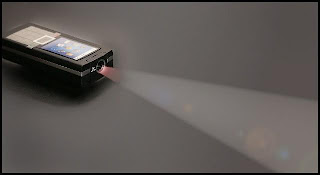Mobile Advertising Guidelines Released
The Mobile Marketing Association has released the first set of global mobile advertising guidelines.
“The creation of ad guidelines by the MMA ensures that the industry is taking a proactive approach to keep subscriber experience, content integrity and simplified execution as the driving forces behind all mobile advertising programs,” says MMA President, Laura Marriott.
You can read more about the new guidelines on the Mobile Marketing Magazine blog here.
Labels: mobile, mobile advertising

